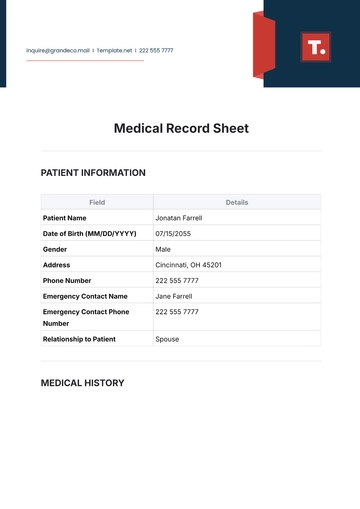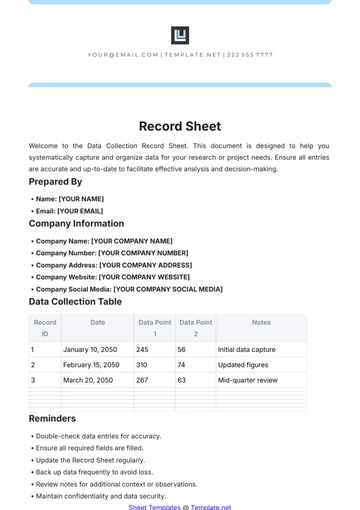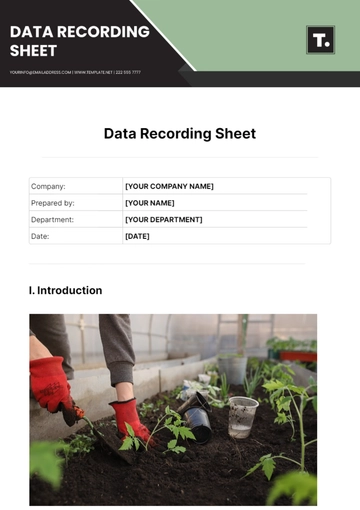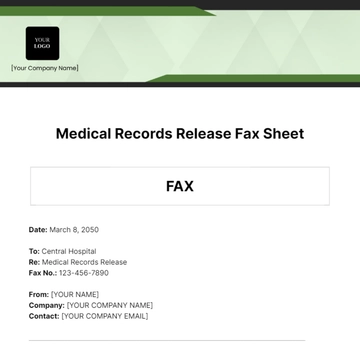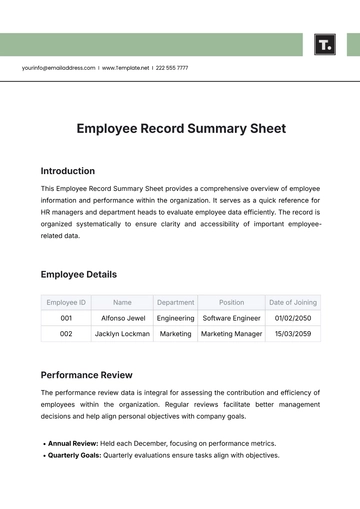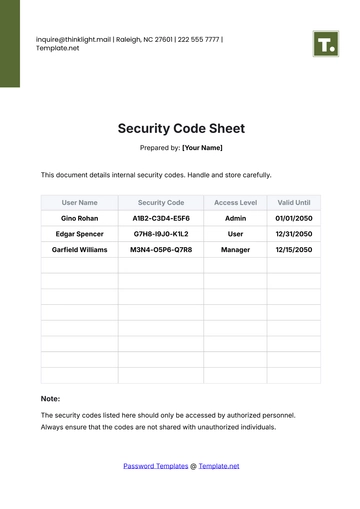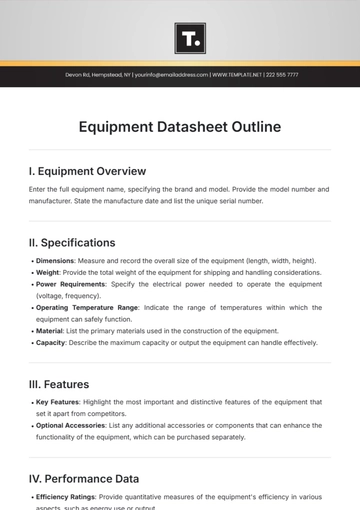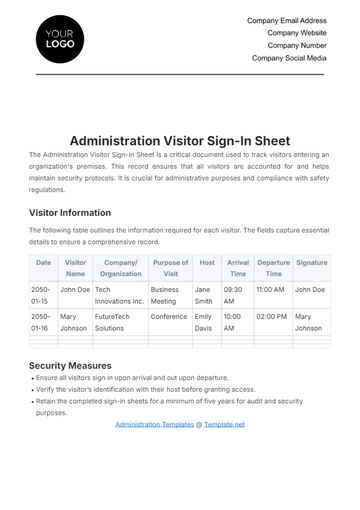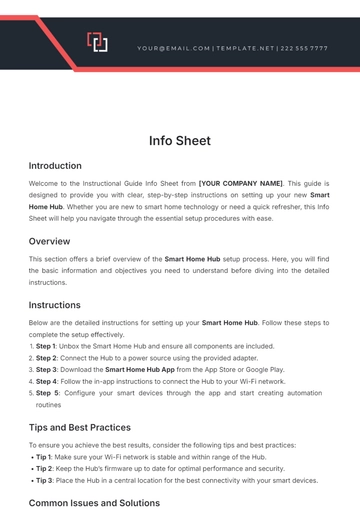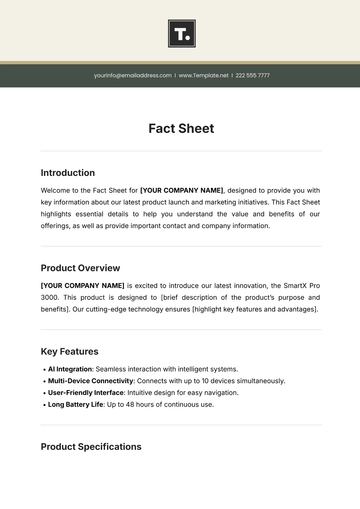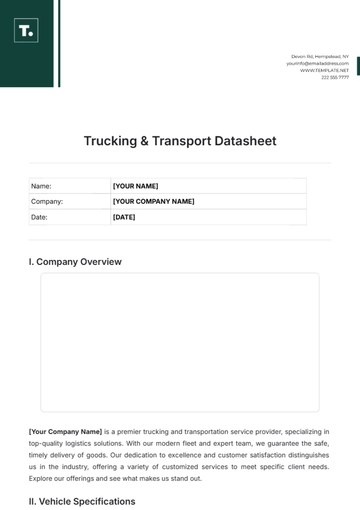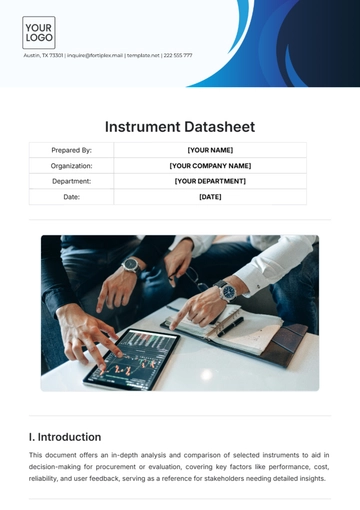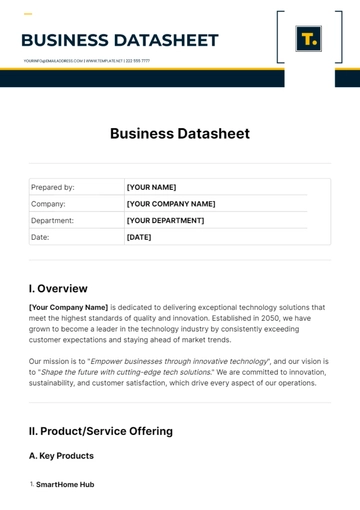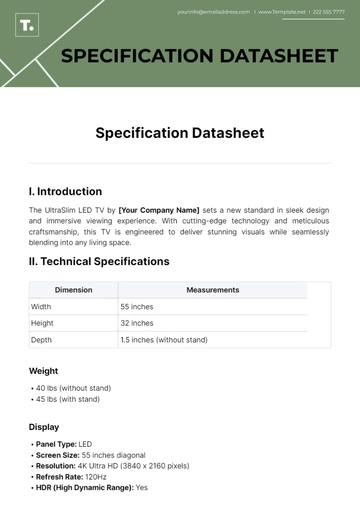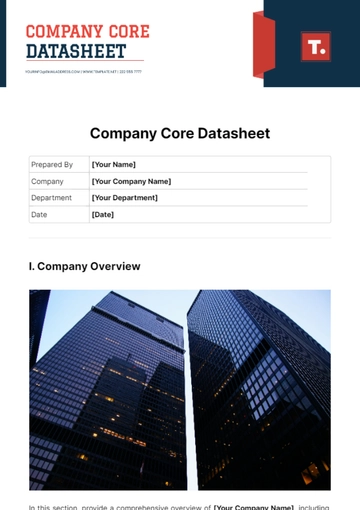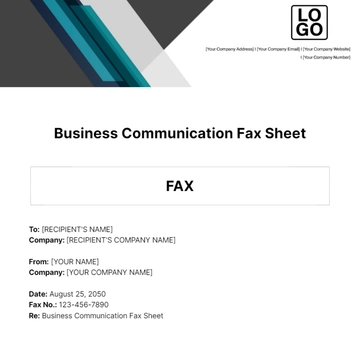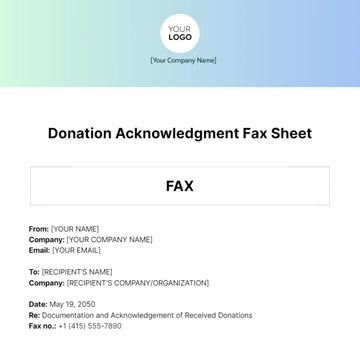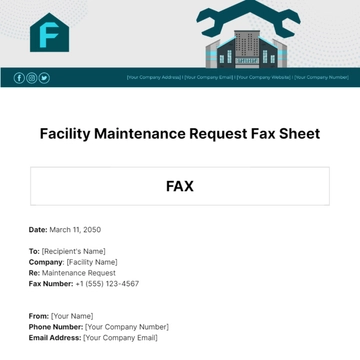Free Equipment Datasheet Outline
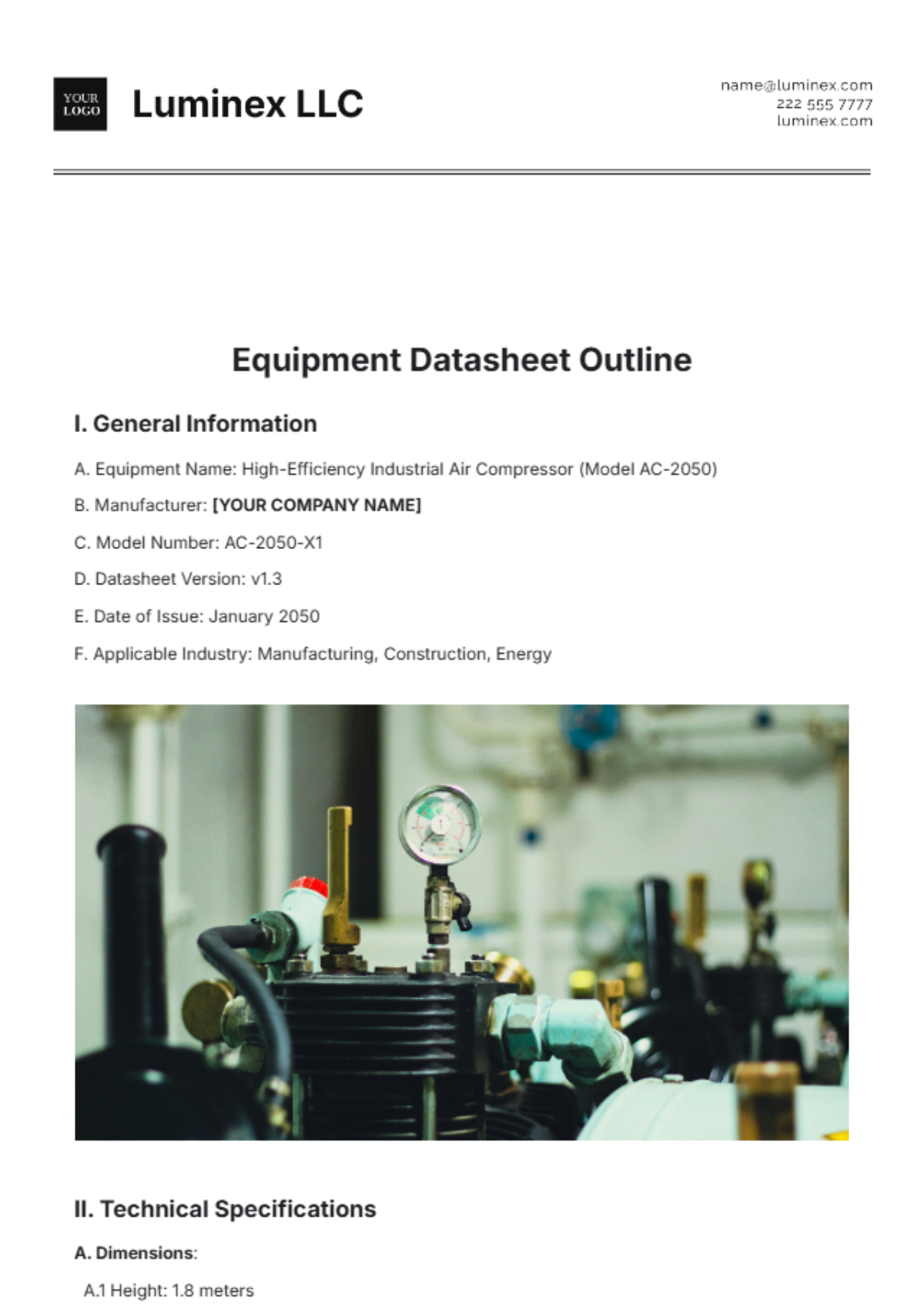
I. Equipment Overview
Enter the full equipment name, specifying the brand and model. Provide the model number and manufacturer. State the manufacture date and list the unique serial number.
II. Specifications
Dimensions: Measure and record the overall size of the equipment (length, width, height).
Weight: Provide the total weight of the equipment for shipping and handling considerations.
Power Requirements: Specify the electrical power needed to operate the equipment (voltage, frequency).
Operating Temperature Range: Indicate the range of temperatures within which the equipment can safely function.
Material: List the primary materials used in the construction of the equipment.
Capacity: Describe the maximum capacity or output the equipment can handle effectively.
III. Features
Key Features: Highlight the most important and distinctive features of the equipment that set it apart from competitors.
Optional Accessories: List any additional accessories or components that can enhance the functionality of the equipment, which can be purchased separately.
IV. Performance Data
Efficiency Ratings: Provide quantitative measures of the equipment's efficiency in various aspects, such as energy use or output.
Performance Metrics: Include data on performance standards, such as flow rate or processing speed.
Test Results: Summarize results from any performance testing conducted, demonstrating the equipment's reliability and effectiveness.
V. Safety Information
Safety Guidelines: Outline critical safety instructions that users must follow while operating the equipment to avoid accidents.
Certifications: List any relevant certifications or standards the equipment complies with, indicating its safety and quality.
Hazardous Materials: Mention if the equipment contains any materials classified as hazardous, along with necessary precautions.
VI. Maintenance
Maintenance Schedule: Provide a timeline for regular maintenance tasks, indicating how often they should be performed.
Maintenance Procedures: Describe the procedures required to maintain the equipment, ensuring optimal performance and longevity.
Troubleshooting Tips: Offer guidance on common issues that may arise and how to resolve them effectively.
VII. Warranty and Support
Warranty Period: State the duration of the warranty, including the start date and coverage details.
Customer Support Information: Provide contact details for customer service, including phone numbers and email addresses for inquiries.
Contact Information: Include the physical address of the manufacturer for correspondence or service requests.
VIII. Additional Notes
Notes or Comments: Add any other relevant information that may be helpful for the user, such as application suggestions, limitations, or special instructions.
- 100% Customizable, free editor
- Access 1 Million+ Templates, photo’s & graphics
- Download or share as a template
- Click and replace photos, graphics, text, backgrounds
- Resize, crop, AI write & more
- Access advanced editor
The Equipment Datasheet Outline Template from Template.net is a fully customizable and editable resource designed for professionals. With the built-in AI Editable Tool, users can effortlessly personalize the template to suit specific equipment needs. Streamline your documentation process with this easy-to-use template, perfect for creating comprehensive, professional datasheets quickly and efficiently.
You may also like
- Attendance Sheet
- Work Sheet
- Sheet Cost
- Expense Sheet
- Tracker Sheet
- Student Sheet
- Tracking Sheet
- Blank Sheet
- Information Sheet
- Sales Sheet
- Record Sheet
- Price Sheet
- Plan Sheet
- Score Sheet
- Estimate Sheet
- Evaluation Sheet
- Checklist Sheet
- Bid Sheet
- Call Log Sheet
- Bill Sheet
- Assessment Sheet
- Task Sheet
- School Sheet
- Work From Home Sheet
- Summary Sheet
- Construction Sheet
- Cover Sheet
- Debt Spreadsheet
- Debt Sheet
- Client Information Sheet
- University Sheet
- Freelancer Sheet
- Bookkeeping Sheet
- Itinerary Spreadsheet
- Scorecard Sheet
- Run Sheet
- Monthly Timesheet
- Event Sheet
- Advertising Agency Sheet
- Missing Numbers Worksheet
- Training Sheet
- Production Sheet
- Mortgage Sheet
- Answer Sheet
- Excel Sheet
